Radiation damage study on electrospun ceramics and metallic nanofibers as candidate material for radiation sheilding material
Principal Investigator
- Name:
- Sujit Bidhar
- Email:
- [email protected]
- Phone:
- (208) 526-6918
Team Members:
| Name: | Institution: | Expertise: | Status: |
|---|---|---|---|
| Jing Hu | Argonne National Laboratory | Main role in operating Intermediate Voltage Electron Microscope (IVEM) for exposing my sample to ion beam and study in situ defect formation, quantification, damage evaluation | Post Doc |
| Yuzi Liu | Argonne National Laboratory | micro mechanical property evaluation using FIB | Faculty |
| Valerie Goss | Assistant Professor of Chemistry, Chicago State University | Carry out micro-mechanical testing on single nanofibers befor and after ion beam irradiation using AFM and compare the mechanical properties young's modulus, yeild strength, failure strength. | Faculty |
Experiment Details:
- Experiment Title:
- Radiation damage study on electrospun ceramics and metallic nanofibers as candidate material for radiation sheilding material)
- Work Description:
- In this proposal, we’ll be conducting in situ ion irradiation on some new materials in nanofiber form. Two different materials are used to make ceramic and metallic nanofiber, one is Tungsten trioxide (WO3) other is Yttrium doped Zirconia (Zr2O3). The diameter of nanofibers are 0.25~0.5 µm and are in non-woven mat form. The sample is made by electrospinning technique that produces 1-dimensional nano-fiber in randomly oriented fiber mat. A single nanofiber of 10~20 µm in length will be isolated from the nanofiber mat by using FIB and solder to a TEM grid using ion milling. This grid will then be exposed to ion irradiation. We are planning to use 1 MeV Kr ions up to a dose rate range up to 1012 ions/cm2/sec to irradiate nanofibers up to 100 dpa at temperatures ranging from room temperature up to 1100°C (1500°C for tungsten). For high temperature experiments nanofiber mat will be used instead of single nanofiber since TEM grid can’t withstand high temperature. Real time recording of defect nucleation and evolution will be captured on the high speed CCD camera with 200 frames/second, so is their number density and size distribution. 3D reconstruction of all the sample defects will be generated to give a comprehensive visualisation grain morphology and defects distribution.
Project Summary
This project is to evaluate the radiation damage effect in electrospun yttrium-stabilized Zirconia nanofibers and tungsten trioxide nanofibers. A nanofiber microstructure with polycrystalline grains has been designed as the next generation high power target materials. The target materials are exposed to higher thermal stress waves, thermal shocks and radiation damage which would affects its structural integrity and service life. In an effort to develop and design the next-generation target materials, a possibility of fabricating non-woven metallic/ceramic nanofibers by electrospinning process is explored. Here we attempt to manufacture such nanofiber and evaluate their resistance to radiation damage at various operating temperature. A low-cost electrospinning unit is set up for in-house production of nanofibers. Yttrium stabilized Zirconia nanofibers are successfully fabricated by electrospinning a mixture of zirconium carbonate with high molecular weight polymer solution polyvinylpyrrolidone (PVP). Continuous long nanofibers of few hundreds of nano-meters in diameter are produced when high electrical potential is maintained between a syringe containing solution and a metallic plate. The as-spun nanofibers are subsequently heat treated up to 1200C to get rid of polymer and allow grain growth of Zirconia by recrystallization process. Employing similar procedure tungsten mixed polymeric nanofibers are also successfully electrospun and heat treated at 800 C to get tungsten trioxide nanofibers. SEM, EDS, XRD are employed to study the morphology, composition, phase and grain structure of produced nanofiber. Atomic force microscopy (AFM) is used to evaluate the mechanical properties of single nanofiber. These information will be used in simulation frame work in order to improve and optimize different physical characteristics. In the next stage, radiation damage studies will be conducted on these nanofibers to understand defect formation and evolution and their effects on mechanical strength and service life of such nanofibers. These fibres will be exposed to high dose rate ion beam at difference temperatures at IVEM tandem facility at Argonne National Lab. This will help in designing and optimizing the grain structure, size of metallic nanofibers which will have better thermal shock resistance and radiation damage resistance. The knowledge gained will not only help the design of next-generation advanced radiation resistant nuclear reactor materials, but also may benefit the design and development of innovative sensors and instrumentation for use in the nuclear industry and research facilities. It will be helpful in making improvised radiation shielding clothing for worker working in nuclear reactor (Tungsten nanofiber material). It can also be used as radiation shield for other structural materials at elevated temperature owing to its higher melting point. While Zirconia nanofiber may find application in inert matrices for plutonium storage and as immobilizer of nuclear waste.
Relevance
One of the mission of office of Nuclear energy sustain the safety, and extend the life of current reactors. Current project output will support that mission as it intends to improve the radiation shield material by changing the microstructure into nanofiber morphology with nano-polycrystalline grains in individual nanofiber. Tungsten trioxide nanofiber will not only provide better radiation protection but also give added advantage of operating at high temperature owing to high melting temperature of Tungsten. Zirconia nanofiber instead of Zirconium alloy in bulk form, can be used for inert matrices for plutonium storage and as immobilizer of nuclear waste. Tungsten and Zirconia produced by electrospinning method by current project can also be used as excellent sensor may find applications in nuclear sensor and instrumentation, which is a critical area to be developed. At present, there is not enough research done on radiation damage on nano-polycrystalline metallic or ceramic nanofiber structure. In-situ study of radiation damage by IVEM would help in understanding radiation damage mechanism in such structure
Please wait
About Us
The Nuclear Science User Facilities (NSUF) is the U.S. Department of Energy Office of Nuclear Energy's only designated nuclear energy user facility. Through peer-reviewed proposal processes, the NSUF provides researchers access to neutron, ion, and gamma irradiations, post-irradiation examination and beamline capabilities at Idaho National Laboratory and a diverse mix of university, national laboratory and industry partner institutions.
Privacy and Accessibility · Vulnerability Disclosure Program

